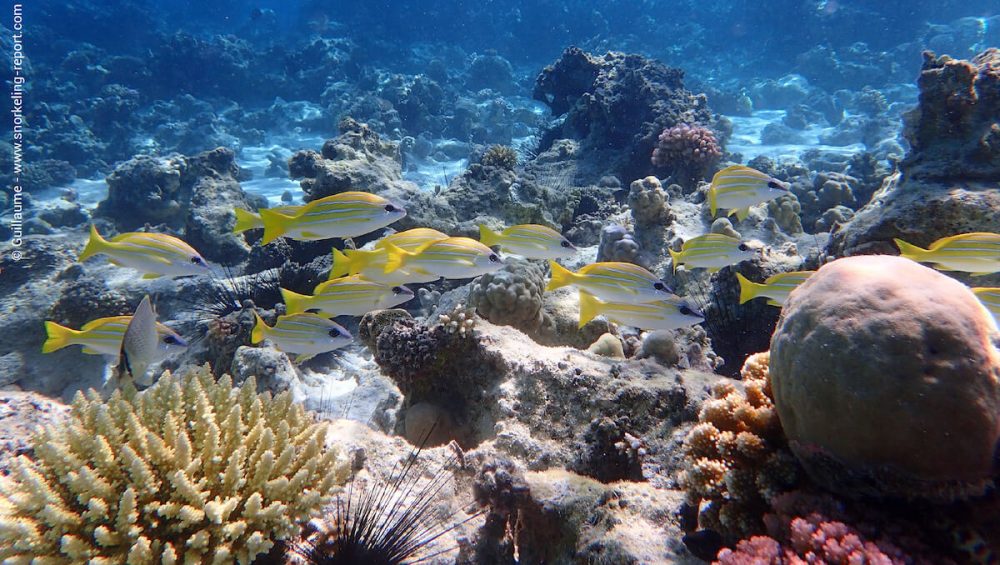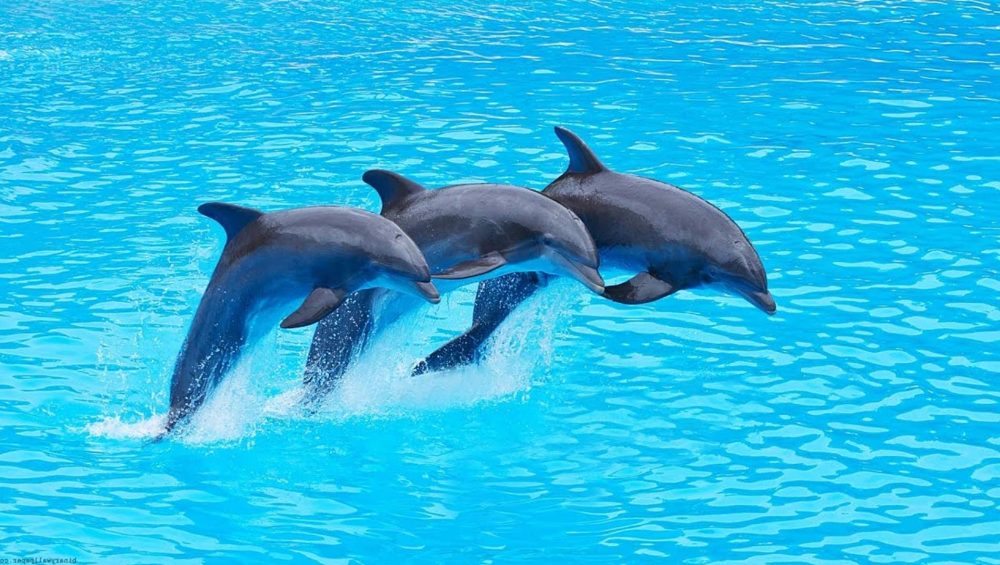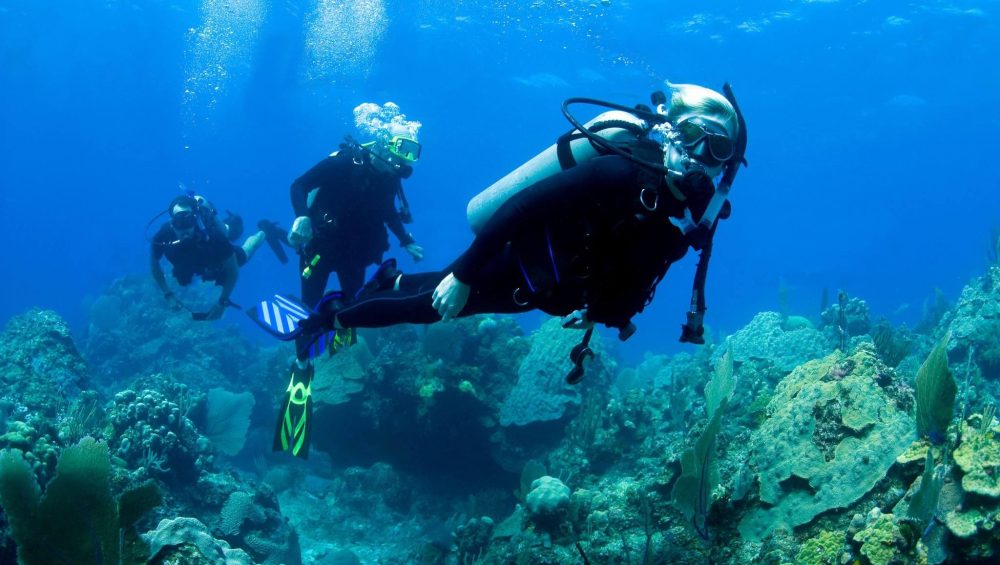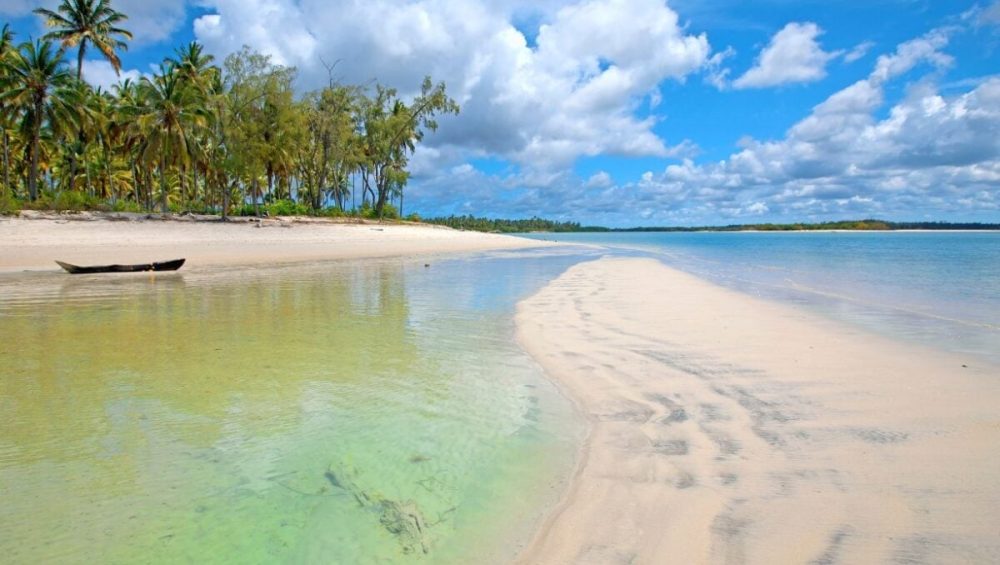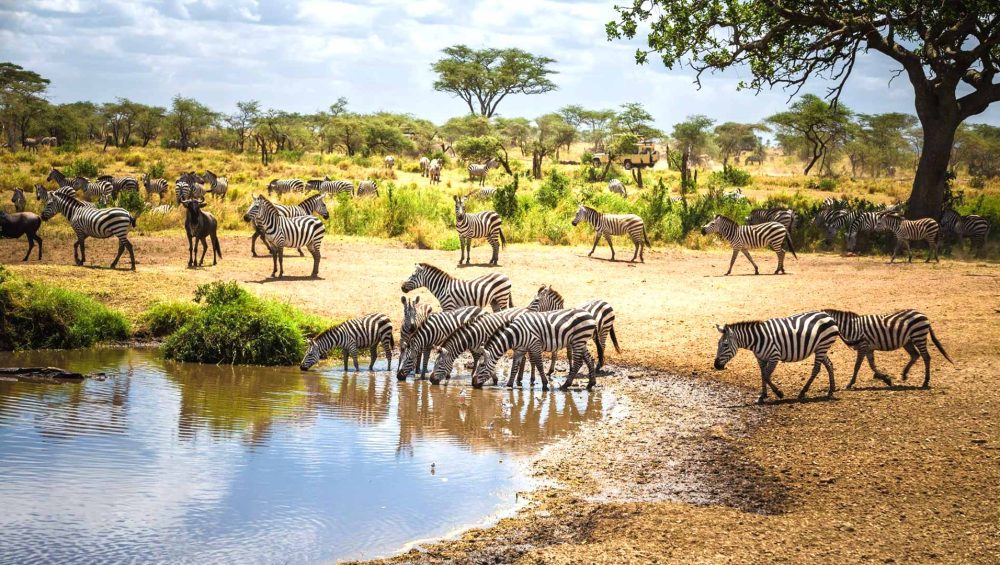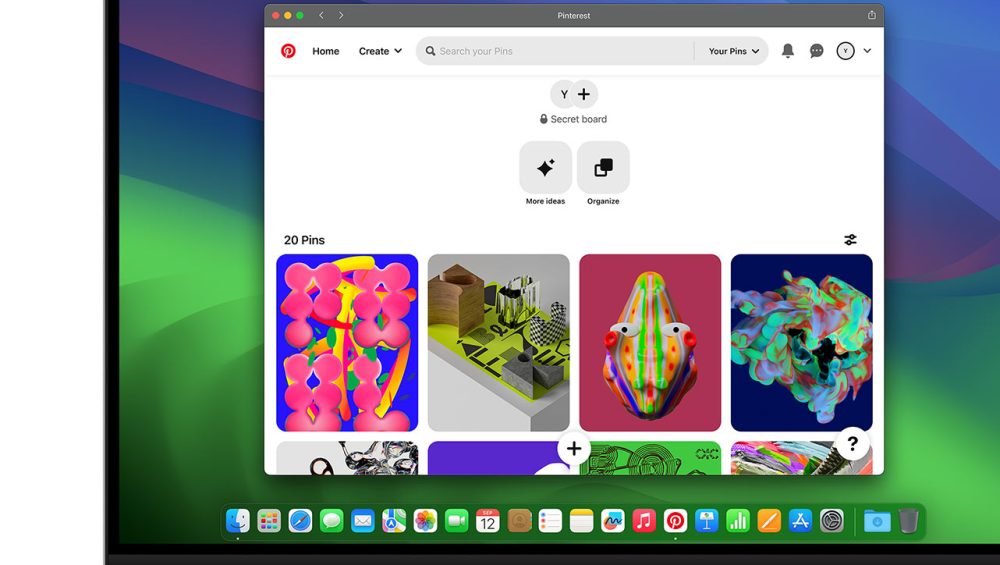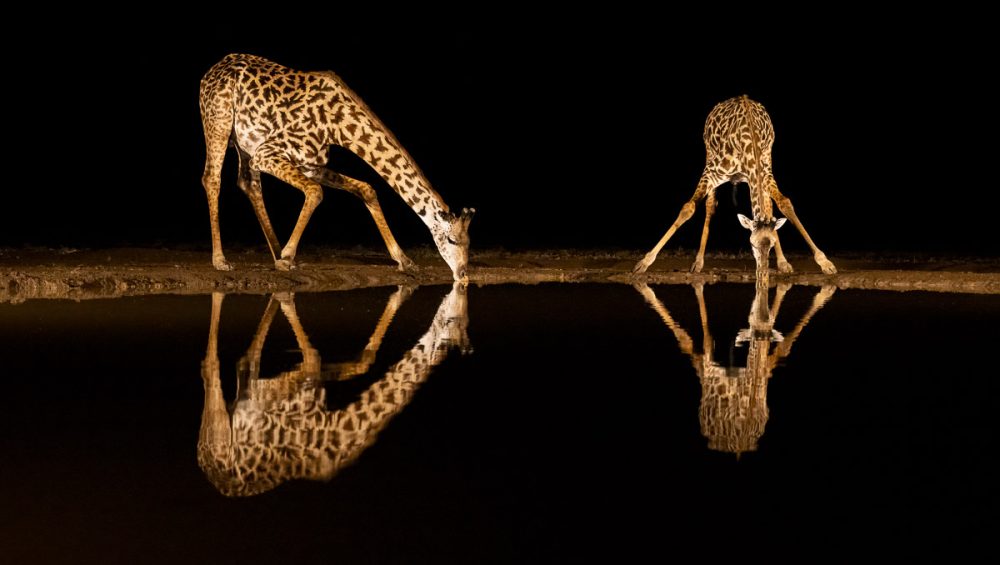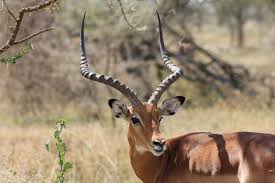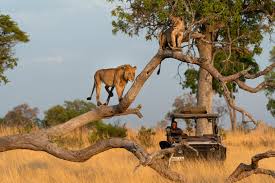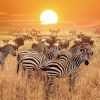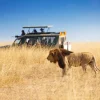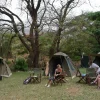The Best Snorkeling Spots Along Tanzania’s Coast
The Best Snorkeling Spots Along Tanzania’s Coast
Tanzania isn’t just about safaris—the country’s crystal-clear waters, coral reefs, and diverse marine life make it a snorkeling paradise! From Zanzibar’s world-famous atolls to hidden coastal gems, here are the best snorkeling spots along Tanzania’s coast.
1. Mnemba Atoll (Zanzibar) – The Ultimate Snorkeling Spot
📍 Location: Off the northeast coast of Zanzibar
⭐ Best For: Colorful reefs, tropical fish, and dolphin sightings
Mnemba Atoll is Zanzibar’s top snorkeling destination, featuring pristine coral gardens and abundant marine life. You can spot:
✅ Clownfish, parrotfish, and angelfish
✅ Green sea turtles and dolphins
✅ Giant starfish and vibrant coral formations
🔹 Tip: Arrive early to avoid crowds, and book with a responsible tour operator to avoid disturbing marine life.
2. Chumbe Island Coral Park – A Marine Conservation Paradise
📍 Location: Off Zanzibar’s southwest coast
⭐ Best For: Eco-friendly snorkeling in a protected marine reserve
Chumbe Island offers some of the healthiest coral reefs in East Africa, thanks to strict conservation efforts. Expect to see:
✅ Over 500 species of fish
✅ Rare coral formations
✅ Reef sharks and octopuses
🔹 Tip: Only a limited number of guests can visit daily—book in advance!
3. Mafia Island Marine Park – Untouched Underwater Beauty
📍 Location: Off Tanzania’s southern coast
⭐ Best For: Whale sharks, diverse marine species, and quiet, off-the-beaten-path snorkeling
Mafia Island offers some of Tanzania’s most biodiverse reefs with minimal crowds. Snorkelers can see:
✅ Large schools of reef fish
✅ Hawksbill and green turtles
✅ Whale sharks (October–March)
🔹 Tip: Combine snorkeling with a whale shark tour for a once-in-a-lifetime experience!
4. Pemba Island – The “Green Island” of Tanzania
📍 Location: North of Zanzibar
⭐ Best For: Drift snorkeling, coral walls, and unspoiled reefs
Pemba Island is less touristy than Zanzibar, making it a fantastic hidden gem for snorkeling. You’ll find:
✅ Steep coral drop-offs with incredible visibility
✅ Large manta rays and reef sharks
✅ Rare species like leaf fish and frogfish
🔹 Tip: Stay at a local eco-lodge to support sustainable tourism!
5. Fanjove Island – A Private Snorkeling Haven
📍 Location: Off Tanzania’s southern coast
⭐ Best For: Exclusive, luxury snorkeling experiences
This private island offers secluded snorkeling with pristine reefs and an abundance of marine life. Expect to see:
✅ Healthy corals and swaying sea fans
✅ Reef sharks, stingrays, and turtles
✅ Crystal-clear visibility and zero crowds
🔹 Tip: Fanjove is part of the Songo Songo Archipelago, so it’s best combined with Mafia Island for a snorkeling adventure.
Best Time to Snorkel in Tanzania
☀ Best Season: June–March (calm seas, best visibility)
🌧 Avoid: April–May (rainy season with rough waters)
Final Thoughts: Where Should You Go?
✅ For easy access & top marine life: Mnemba Atoll or Chumbe Island
✅ For an off-the-beaten-path adventure: Mafia Island or Pemba Island
✅ For ultimate exclusivity: Fanjove Island
Deals and Discounts
Our Best Selling Tanzania Tours & Safaris
2 Days Tanzania Budget Safari
- Price: $500 per person
- Tour Type: Budget Safari, Joining Groups
- Place Visited: Arusha, Tarangire, Ngorongoro Crater
3 Days Safari Serengeti & Ngorongoro Crater
- Price: $750 per person
- Tour Type: Budget Safari, Joining Groups
- Place Visited: Arusha, Serengeti, Ngorongoro Crater
3 Days Tanzania Big 5 Budget Safari
- Price: $650 per person
- Tour Type: Budget Safari, Joining Groups
- Place Visited: Arusha, Tarangire, Lake Manyara, Ngorongoro Crater
3 Days Tanzania Safaris, Waterfalls And Coffee Tour
- Price: $620 per person
- Tour Type: Budget Safari, Joining Groups
- Place Visited: Arusha, Tarangire, Ngorongoro Crater, Materuni Waterfalls & coffee tour
3-Day Serengeti and Ngorongoro Camping Fly-in Safari
- Price: $1500 per person
- Tour Type: Budget Safari, Private Safaris, Camping Safaris, Fly In Safaris
- Place Visited: Arusha, Serengeti, Ngorongoro Crater, Zanzibar
3-Day Tarangire NP, Ngorongoro and Materuni Waterfalls
- Price: $605 per person
- Tour Type: Budget Safari, Joining Groups, Lodge Safaris
- Place Visited: Arusha, Tarangire, Ngorongoro Crater, Materuni Waterfalls & coffee tour
3-Day Tarangire, Ngorongoro and Kilimanjaro Hike
- Price: $715 per person
- Tour Type: Budget Safari, Joining Groups, Lodge Safaris
- Place Visited: Arusha, Tarangire, Ngorongoro Crater, Kilimanjaro Mountain
4 Day Taste of Tanzania Budget safari
- Price: $900 per person
- Tour Type: Budget Safari, Joining Groups
- Place Visited: Arusha, Tarangire, Serengeti, Ngorongoro Crater

